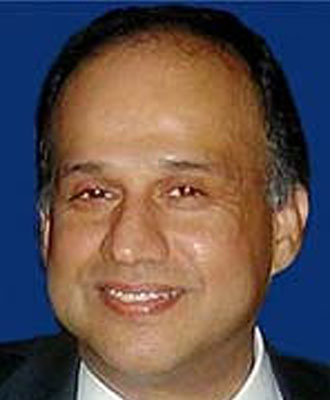Abstract
The White Rose Oil Field is located offshore in the Jeanne d'Arc Basin, 350km East of St. John's, Newfoundland and Labrador, Canada. Husky is the operator with a 72.5 percent working interest in the field. The field was discovered in 1984, and consists of both oil and gas pools. The oil pool covers approximately 40km2 and contains an estimated 200-250 million barrels of recoverable oil. The field is being developed with a Floating Production, Storage and Offloading (FPSO) vessel. Current plans provide for a total of 19 to 21 development wells to be drilled to recover the oil reserves over a 10- to 15-year period. Present production is at 110,000 barrels per day.
First oil was achieved on budget and ahead of schedule on November 12, 2005. The first three exploration wells were drilled in the area between 1984 and 1986. Results of these wells were encouraging, as oil and gas were encountered in all wells. Based on these results, another well was drilled in 1987-1988. This well encountered over 90 m of net oil pay, indicating the potential for commercial development. From 1999 to 2000, four delineation wells were drilled. These wells, together with detailed interpretation of 3-D seismic data, provided valuable data on the extent and quality of the reservoir.
The data pose several challenges to the processor and interpreter. Seismic data covering the White Rose area and the adjacent Badger Beaumont area total about 1200 km2. The issues are those of imaging and stratigraphic resolution. Structurally, the White Rose area is complexly faulted, situated above a deep-seated salt ridge and located on the hanging wall of a major fault. The water bottom is extremely hard, generating strong multiples. The Base Tertiary reflector immediately above the reservoir is a high amplitude reflection event, below which multiples cascade. The reservoir itself is a very weak reflector. It is comprised of sandstones overlain by shales and mudstones. The top of the reservoir has a very low impedance contrast between it and the overlying shales. As a consequence, a very weak reflection is obtained at the reservoir top. This weak reflectivity, coupled with water-bottom multiples with periods that make these multiples coincident with the reservoir top reflection causes destructive interference, making seismic picking and mapping challenging. Furthermore, the reservoir base is a discontinuous reflector. Faulting occurs at various scales through the reservoir and the ability to interpret these faults is crucial to maximizing recoverable hydrocarbons.
The seismic data were reprocessed after several wells (13) had been drilled and an attempt was made to honour the information from the well logs where it related to the seismic response. Several VSP datasets were acquired to provide a bridge between the log data in depth and the seismic response in time, including a walkaway VSP specifically acquired to provide anisotropy data that could be used in the reprocessing of the seismic data.
Processing of seismic data usually consists of performing a series of tests of different parameters and processes to select the optimum sequence to apply to the complete dataset. One problem with this methodology is determining the criteria for selection of the 'best' test. One approach to try to make this more objective is to use the VSP corridor stack as the 'ground-truth' and measuring statistical parameters (possibly RMS difference, or predictability) and comparing the test results to the VSP. The test result which most closely approaches the VSP (which will be zero-phase and multiple-free) is then selected.
Construction of a 1D calibrated anisotropic velocity model from the VSP and Walkaway data provided the means to guide velocity picking, model peg-leg multiples and predict their relative importance as a function of the depth of the top multiple generating interface and their moveout compared with primaries. The model was also used to predict real dynamic gain functions. A fully elastic synthetic gather was produced and used to test multiple removal parameters and algorithms.
A further directly measurable parameter from the borehole data was inelastic attenuation, 'Q', and an inverse 'Q' filter was applied to the surface data. This presentation will show the improvements attained in reprocessing the seismic data in White Rose using available well information.
Biography
Ayiaz Kaderali is a Senior Staff Geophysicist with Husky Energy in the East Coast Development group. He has extensive domestic and international experience as a geophysicist. He graduated from the University of Calgary in 1983, and has since worked in various capacities, both technical and management, for several companies including: Waha Oil Company (Libya), Schlumberger, Inverse Theory and Applications, Grant Geophysical and Digitech.





